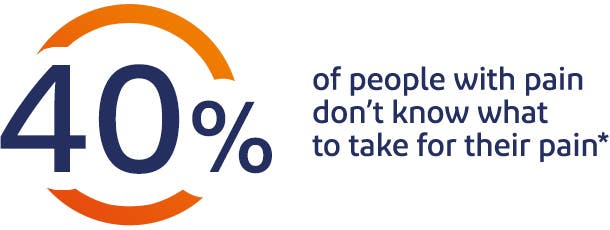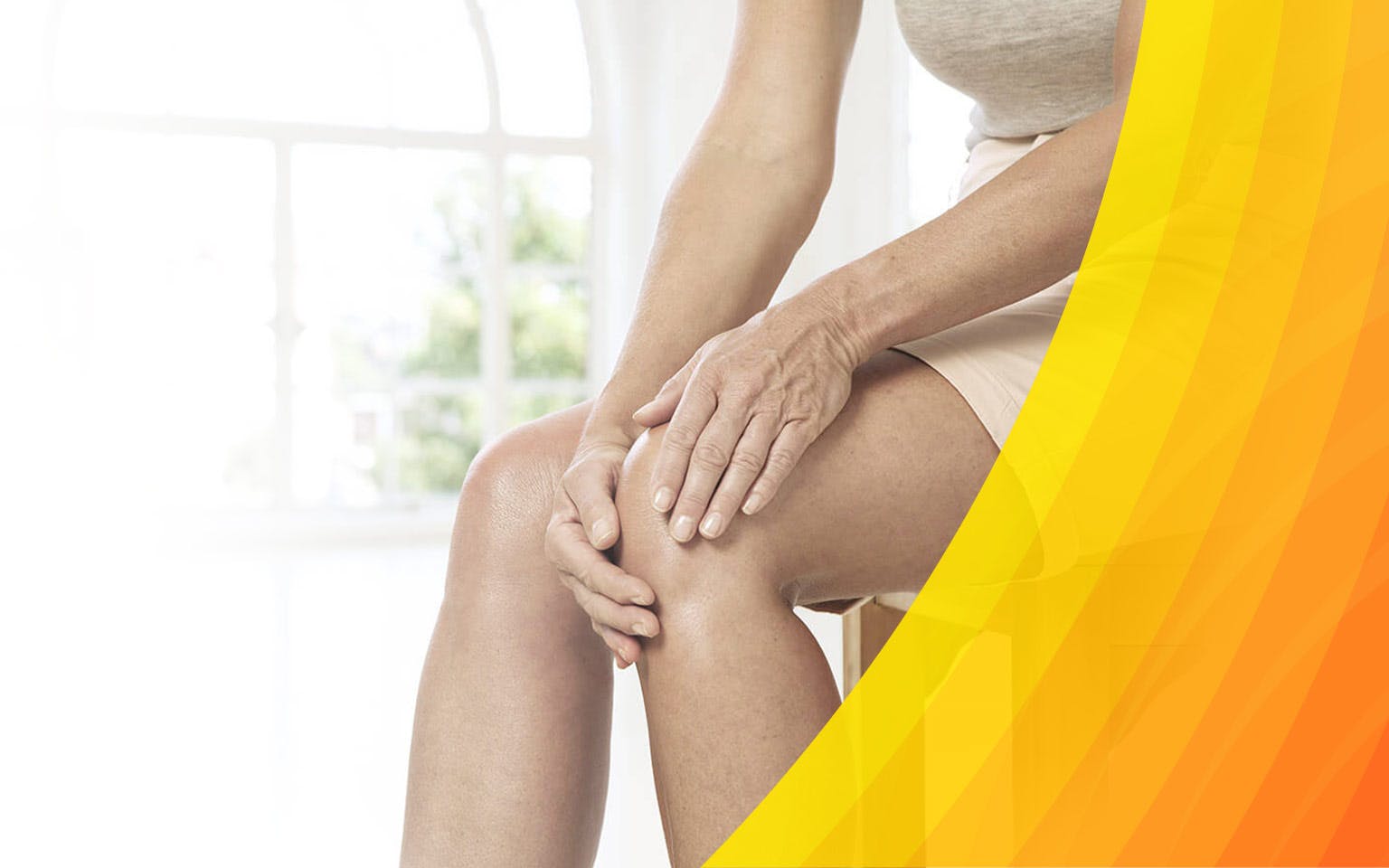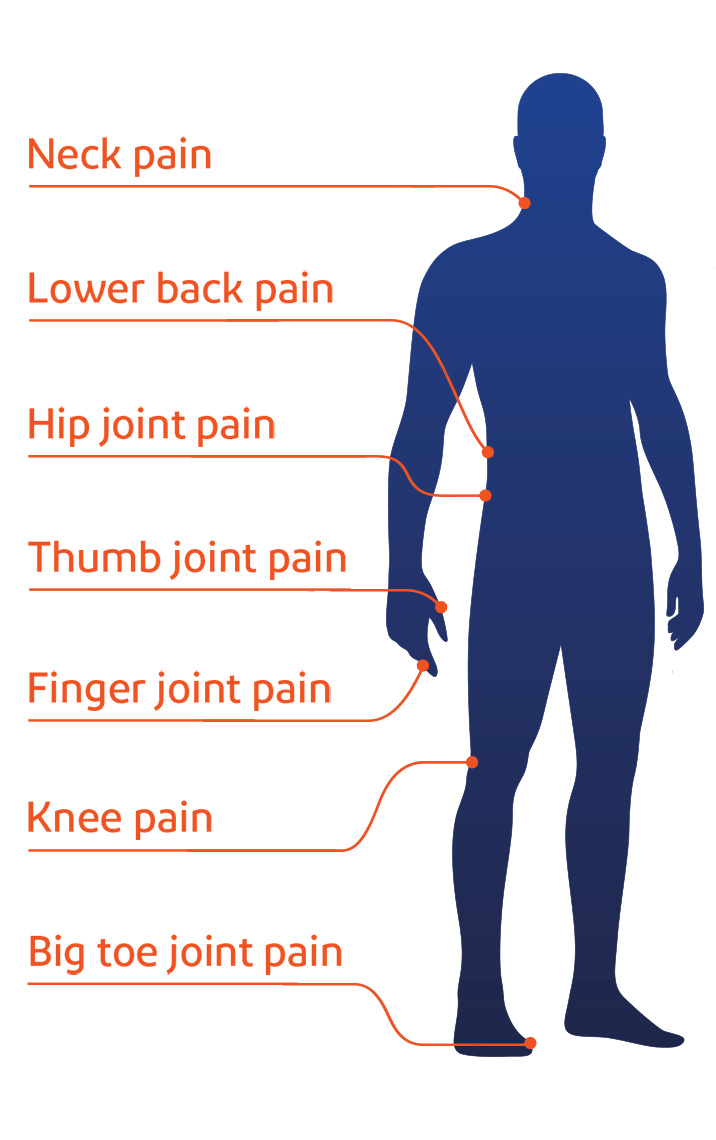Symptoms of joint pain
Types of joints often affected by pain are the fingers, knees, hips, ankles, and shoulder joints.
There may be a build-up of fluid in joints due to inflammation, which can cause swelling.
01
Symptoms may also include numbness, tingling, stiffness, and a reduced range of motion.
02
In osteoarthritis, the protective coating on your joints can become damaged, causing the joint to become swollen, stiff and painful.
03
How joint pain can affect you?
Joint pain can affect you in many ways, depending on where it is felt. Knee pain can make activities like walking, playing sports and dancing uncomfortable. If pain is in your shoulder, you may feel discomfort when you lift things, while hip pain can make going upstairs or simply getting up from a chair painful.
Did you know?
48% of people with body pain say they have joint pain.*
66% of people say that their pain stops them dancing.*
*GSK Global Pain Index Research 2014
Why do we experience joint pain?
As part of everyday movement, joints are constantly dealing with pressure and damage. The knee joint is particularly vulnerable because it absorbs the full weight of the body and any extra force when running or jumping.
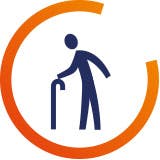
Who is more likely to experience joint pain?
People are more likely to experience knee pain as they get older, and people who are overweight or do lots of sports have a higher risk of damaging their knees.

Common causes of joint pain
Joint pain usually occurs because of an injury (e.g. twisting a knee or ankle joint during sports) or osteoarthritis, which most frequently affects the knees, hips and small joints in the hands.
Expert treatment
If joint pain is accompanied by swelling, redness, tenderness and warmth around the joint, it is recommended that you visit a doctor, who may recommend light exercise or order one or more tests, such as an X-ray, or blood test to help determine the source of the pain and the most appropriate treatment. Your doctor may recommend anti-inflammatory medication to reduce the inflammation and alleviate the pain.

Types of joint pain
Explore our range
Find out how our products can help
Discover the Voltaren product range to find the right product to treat your pain.
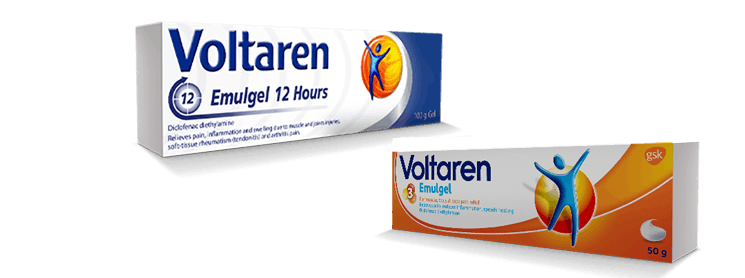
Learn more
What is inflammation?
Learn all about the processes that cause inflammation, why it happens and how it can make our bodies feel.
read moreHow to use Voltaren Gel to ease the pain of osteoarthritis
Osteoarthritis is one of the commonest causes of joint pain. Here we explain how Voltaren Gel can help to relieve the pain associated with osteoarthritis.
read moreAll you need to know about pain relief
Here we explain how different types of pain relief products work, to help you choose the best one for your pain.
*GSK Global Pain Index Report 2014
Read More
